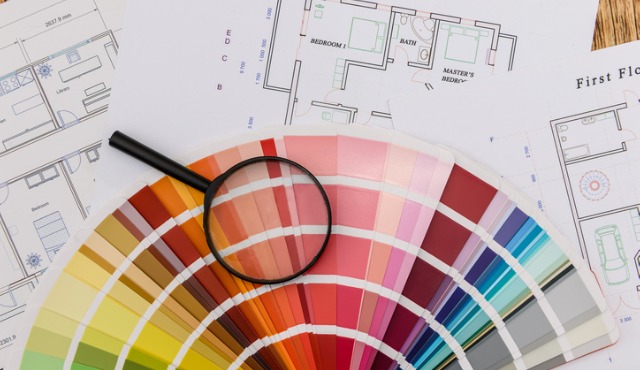By Brian Wallace
There are countless factors that go into any consumer purchase. Factors like price, quality, and convenience are obvious, but others are less so. One factor that goes far under the radar is color, plain and simple. When it comes to marketing, modern shoppers actually consider color more than any other factor. That’s why the psychology of color in marketing is so powerful.
It’s not too surprising to hear, companies are constantly shifting color schemes and making minute changes. Others are represented by the color of their logo just as much as the symbol itself. Target, Walmart, Ikea, Home Depot, these are all businesses with highly recognizable color schemes. This works to all of their benefits, but in unique ways.
Color, interestingly, takes on different meanings depending on the context it is seen in. Red, for example, in marketing at large draws in attention and leads to sales conversions. Although in the home, red is associated with pain or blood, it’s not valued very highly. In contrast, blue has a lot more consistency. Light blue is one of the most common home colors and in marketing is a calming, trust-producing, neutral color.
Ultimately color can make or break a product, be that a home or a hair gel. When it comes to the home, colors can be sorted into high and low performance colors. Red, as previously mentioned, is typically disliked and is a low performance color. Blue, on the other hand, is highly desired and is a high performance color.
Outside of red and blue, a few other key colors are prominent examples of high and low performance colors. Taupe or gray is a high performance color, selling faster than any other colored home alongside white and other neutrals. Black is a similarly high performance color, but more specifically as a luxury variation.
Brown, although a somewhat neutral color, actually undersells the value of any home. Homes with brown-colored walls selling for $2,310 less than expected on average. Cream yellow, a fairly common coloration, is also a low performance color. In reality only being liked by 5% of people.
This is the interesting position color holds in the home. A position affirmed by research into how color changes one perception. White, a high performance color, reflects more sunlight and makes rooms look bigger. Helping to make any home feel more roomy. Blue, another high performance color, helps people to feel happy when waking up in the morning.
Red, instead of calming or helping, increases one's pulse and blood pressure. It is a stressful color, something that can be good for common purchases, but bad for the home. There’s much to be discussed about each color and the specific sensations it may raise. In psychology countless studies have been done to prove that color may affect memory, attention and countless other factors.
Ultimately this all goes to show, color matters. It matters when considering which store to go to, which product to buy, and importantly which home to live in. It’s often underlooked, but is the most considered factor in marketing. A coat of paint makes a world of a difference, no matter the industry it is operating in.

Source:LUXURYSOCALREALTY
 Brian Wallace is the founder and president of NowSourcing, a infographic design agency based in Louisville, Ky., and Cincinnati, Ohio, and works with companies that range from small business to Fortune 500. Wallace also runs a local event to make the Louisville/Cincinnati region more competitive (#thinkbig).
Brian Wallace is the founder and president of NowSourcing, a infographic design agency based in Louisville, Ky., and Cincinnati, Ohio, and works with companies that range from small business to Fortune 500. Wallace also runs a local event to make the Louisville/Cincinnati region more competitive (#thinkbig).








